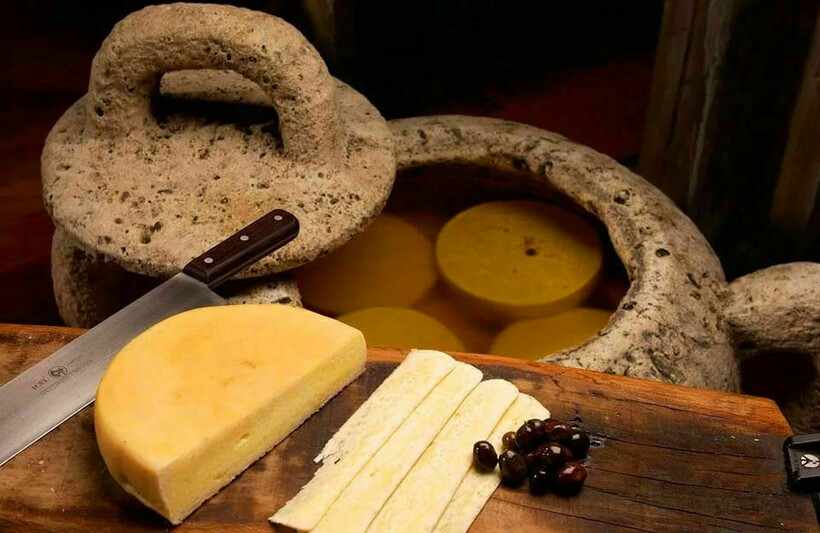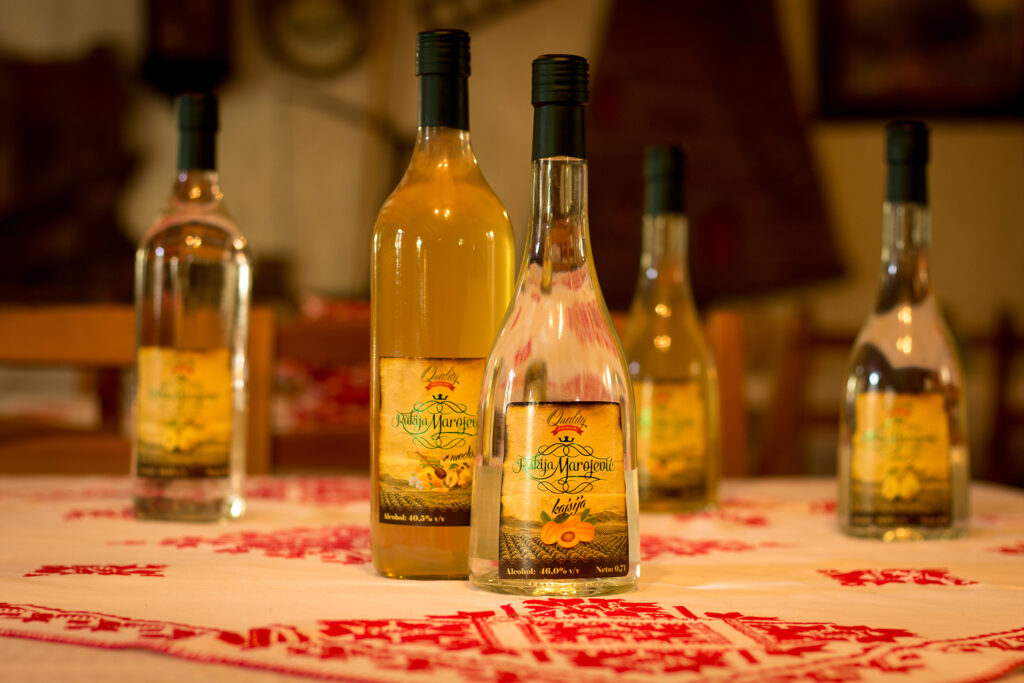history of Montenegrin cuisine
History of Montenegrin cuisine serves as a gastronomic bridge between Western and Eastern traditions, weaving together centuries-old recipes and cultural influences. Its roots delve into a deep history when Montenegro stood at the crossroads of various civilizations. On one hand, Mediterranean traditions have left their mark on local dishes through the abundant use of olive oil, seafood, and fresh vegetables. On the other hand, Ottoman influence has added Eastern spices, sweets, and meat dishes to Montenegrin cuisine.
The uniqueness of history of Montenegrin cuisine lies in its ability to combine simplicity and sophistication. Many traditional recipes are based on minimal ingredients, but thanks to unique cooking methods and fresh ingredients, these dishes transform into true culinary masterpieces. Rural Montenegrin cuisine is characterized by its homeliness and earthy flavors, while coastal regions offer fish and seafood dishes, each with its unique aroma and taste. Overall, Montenegrin cuisine is a kaleidoscope of flavors and aromas, reflecting the multifaceted history and culture of this incredible country. Every gourmet will find something to enjoy, from spicy meat appetizers to delicate desserts. And it is precisely this variety that makes it truly unique.

meat and seafood delicacy of Montenegrin cuisine
Meat and seafood delicacy of Montenegrin cuisine truly reflects its natural and cultural wealth. Whether in the mountainous regions or along the coast, each region has its culinary specialties that captivate the hearts of gourmets from around the world. The meat delicacies of Montenegro primarily consist of dishes made from fresh meat, cooked over an open flame or in an oven.
It’s impossible to imagine a meat and seafood delicacy of Montenegrin cuisine table without “ćevapi” – small kebabs made from minced meat, or “Njeguški liver” – meat marinated in spices and baked to a crispy crust. Traditional cooking methods such as grilling or slow cooking make meat dishes incredibly aromatic and juicy. As for seafood delicacies, Montenegrin cuisine also has much to boast about. The coast of Montenegro is rich in fresh fish and seafood. Fish soups, grilled fish, calamari, mussels, and other treasures of the Adriatic Sea occupy a special place in the menus of local restaurants. Mediterranean traditions influence their presentation and preparation: olive oil, lemon, garlic, and aromatic herbs transform simple seafood into true culinary masterpieces. Thus, the diversity and richness of flavors make Montenegrin cuisine unique. The influence of different cultures and traditions, the combination of mountain and sea recipes create that unique atmosphere where every dish becomes a work of art. Undoubtedly, gastronomic adventures in Montenegro will leave you with unforgettable impressions.

key ingredients and drinks of Montenegrin cuisine
Key ingredients and drinks of Montenegrin cuisine is an incredible blend of Mediterranean traditions and the influence of Slavic culture. Reflecting the country’s cultural and geographical diversity, the ingredients and drinks of the region offer gourmets a true culinary journey. One of the key ingredients in Montenegrin cuisine is cheese. The most famous is “Njeguški” cheese, traditionally aged in oil, giving it a unique taste and texture.
This cheese is often served with “prosphora” (local bread) or used in salads. Olive oil, produced along the Montenegrin coast, is another key ingredient that imparts a distinctive aroma and flavor to dishes. Thanks to a favorable climate, local olive groves produce high-quality oil. As for beverages, one cannot overlook the famous Montenegrin rakia. This strong alcoholic drink, obtained through distillation of grapes or plums, is a symbol of hospitality in Montenegro. Rakia pairs perfectly with local appetizers such as dried meat or cheese. Winemaking also plays an important role in the country’s culture. Montenegrin cuisine offers a variety of wine varieties that complement local dishes perfectly, enriching the taste palette of dinners. In conclusion, key ingredients and drinks of Montenegrin cuisine is a combination of natural ingredients and traditional recipes passed down from generation to generation. From cheese to rakia, each product will tell you the story of this remarkable country and its people.

Montenegrin cuisine as the key to culinary tourism
Montenegrin cuisine as the key to culinary tourism just a collection of dishes born from a blend of various cultural influences. It’s a journey for your taste receptors, infused with history, traditions, and a love for natural ingredients. Today, culinary tourism is becoming increasingly popular, and Montenegro shines as a true gem in this direction.
People from all over the world aspire to embark on culinary excursions, discovering new flavors and uncovering a country’s history not through museums but through its national dishes. Montenegrin cuisine offers precisely this experience. Each dish tells a story about local life, traditions, and, of course, the natural bounty of the land.
It’s Montenegrin cuisine that acts as a magnet, drawing tourists to the shores of the Adriatic Sea. From fresh seafood delicacies to unique meat appetizers, accompanied by homemade wine or aromatic “rakija,” there’s something for everyone here.
Importantly, the interest in culinary tourism contributes to the development of local communities. Farmers, fishermen, and local food producers gain the opportunity to showcase their finest traditions and products on a global level.
In conclusion, Montenegrin cuisine is more than just culinary art—it’s a pivotal element of the country’s cultural and touristic appeal. The support and promotion of Montenegro’s gastronomic heritage secure a bright future for it on the global culinary map.

